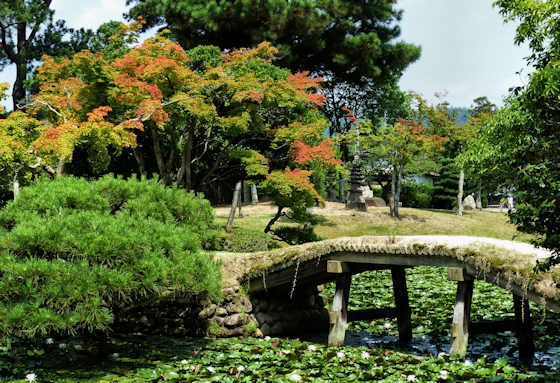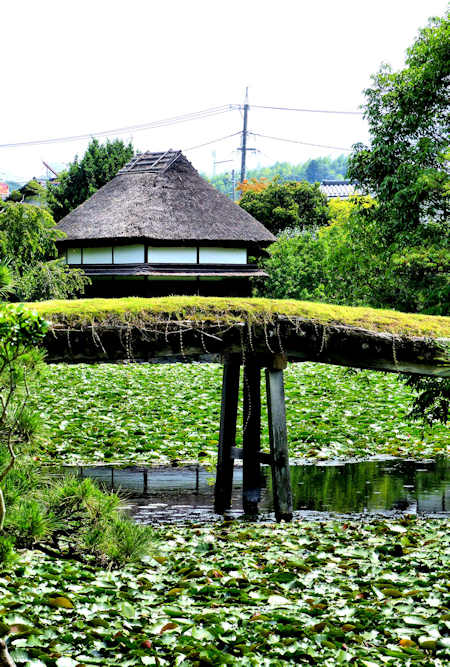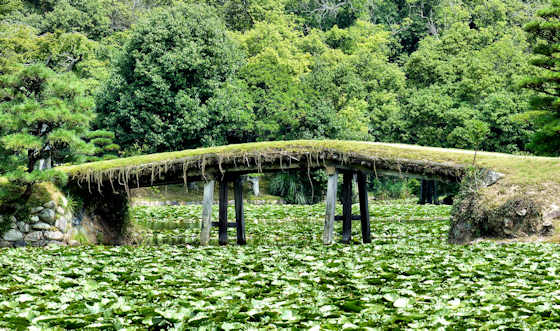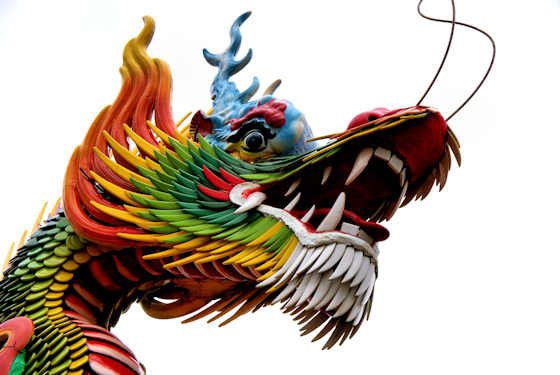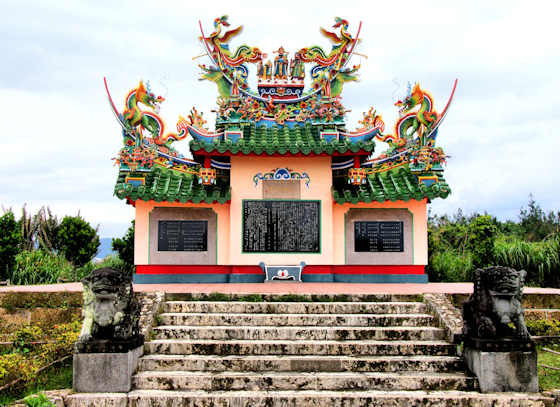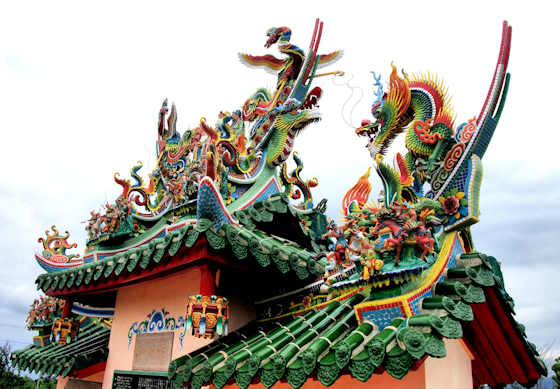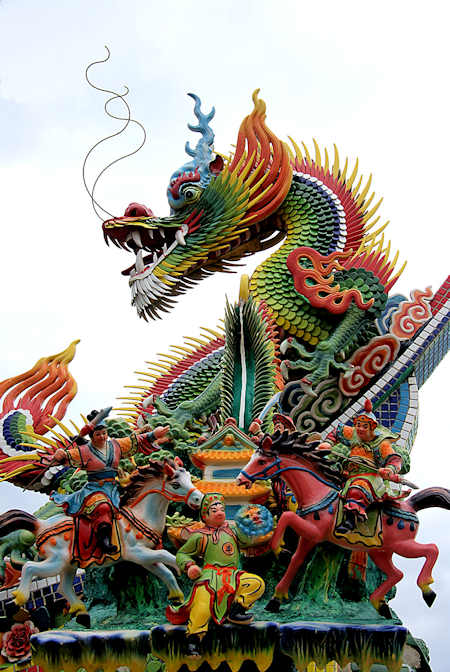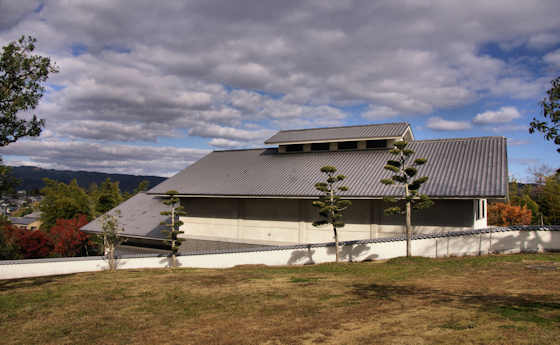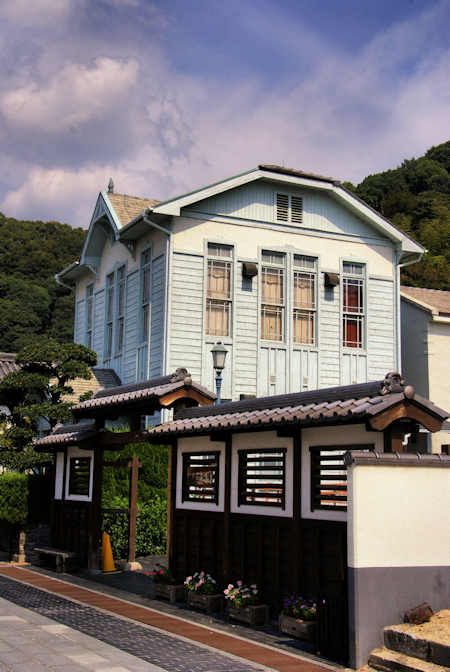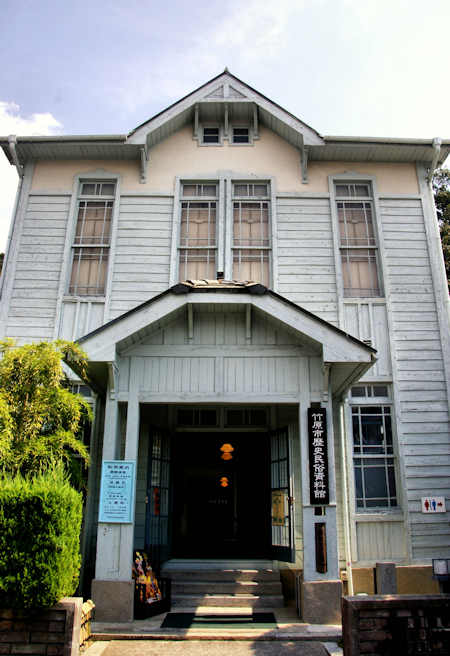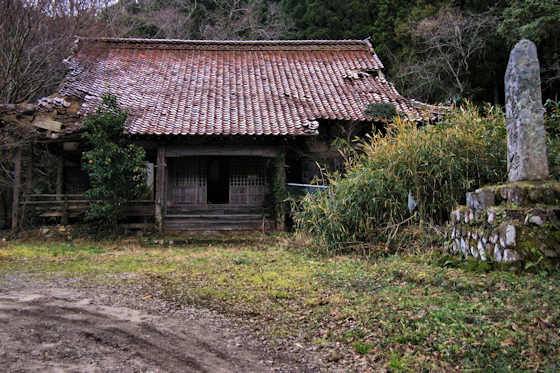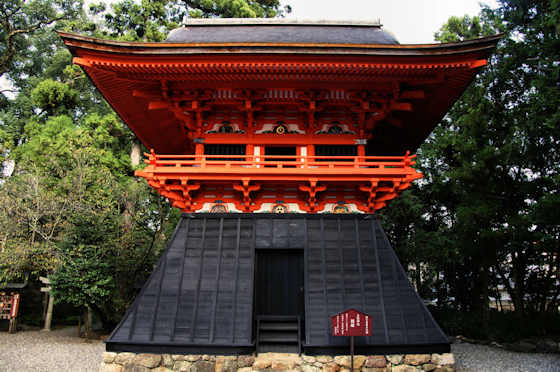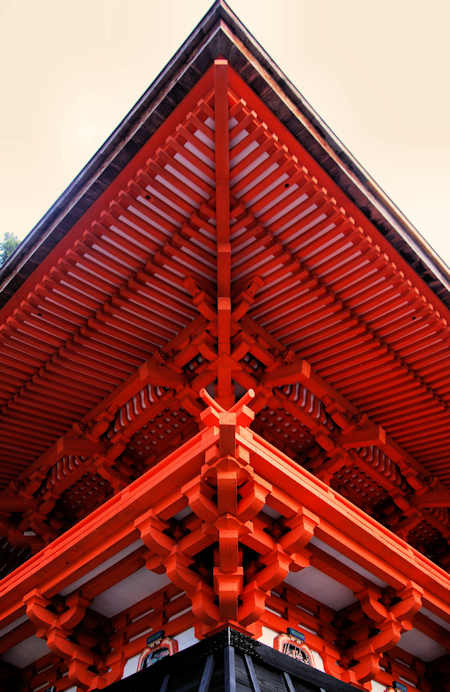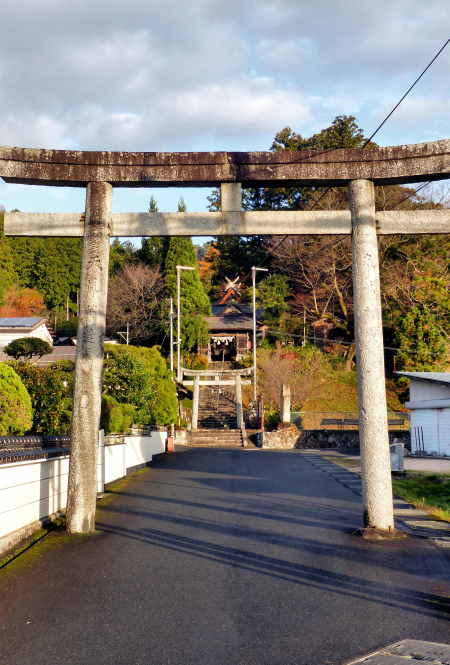Wednesday, November 23, 2022
Bridges at Shurakuen Garden Tsuyama
Tuesday, November 22, 2022
Tojin Memorial Ishigaki
Tojin Memorial Ishigaki 石垣島
,
Set in 1852 and often referred to as the Robert Bowne Incident, it concerns the fate of hundreds of indentured Chinese "coolies" aboard an American ship the Robert Bowne.Monday, November 21, 2022
Kitsuki Castle Town Museum
Kitsuki Castle Town Museum
The museum is located between the Hitotsumatsu Residence, a 20th-century mansion, and the Nakane Samurai Residence
There are permanent exhibitions of samurai culture as well as merchant and fishing culture, and also thematic temporary exhibitions.
Labels:
kitsuki,
kunisaki fall,
Museum,
oita
Saturday, November 19, 2022
Takehara City Museum of History & Folklore
Takehara City Museum of History & Folklore
Labels:
akinada,
Museum,
preservation district,
takehara
Friday, November 18, 2022
Disappeared Japan Rural Temple Haikyo
Disappeared Japan Rural Temple Haikyo
Sunday, November 13, 2022
Tosa Ichinomiya
Tosa Ichinomiya
Most of the buildings were rebuilt by Chosokabe Motochika in the late 16th century. The drum tower in the first photo was built in the mid 17th century.
Labels:
ajisukitakahikone,
henro,
hitokotonushi,
komainu,
Shrine,
torii
Tuesday, November 8, 2022
Mudo-ji Temple 6 Kyushu Fudo Myoo Pilgrimage
Mudo-ji Temple
Sunday, November 6, 2022
Igatake Shrine
Igatake Shrine
Subscribe to:
Posts (Atom)
